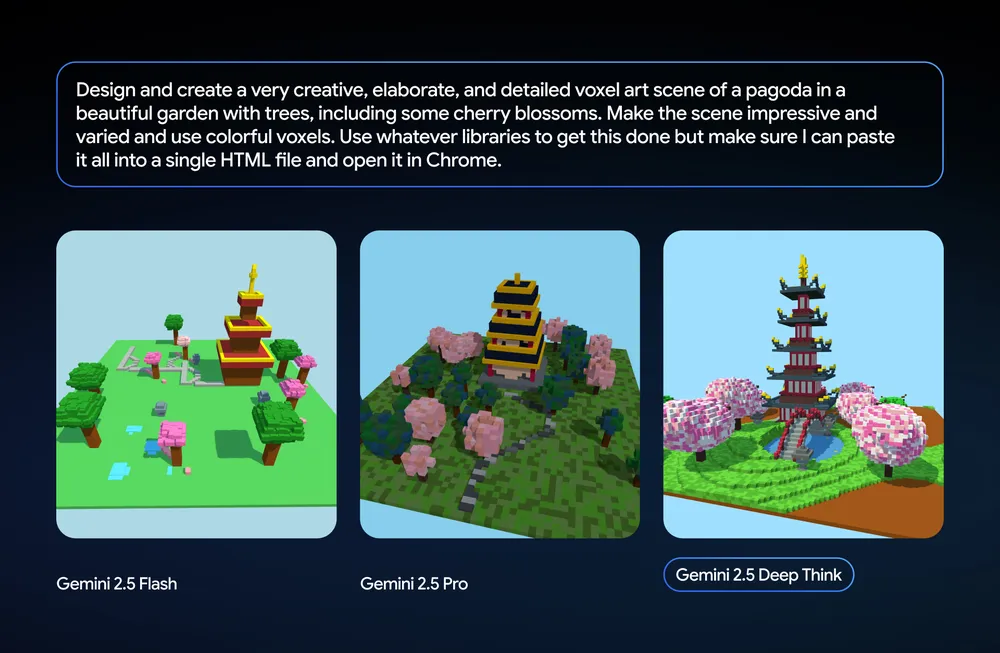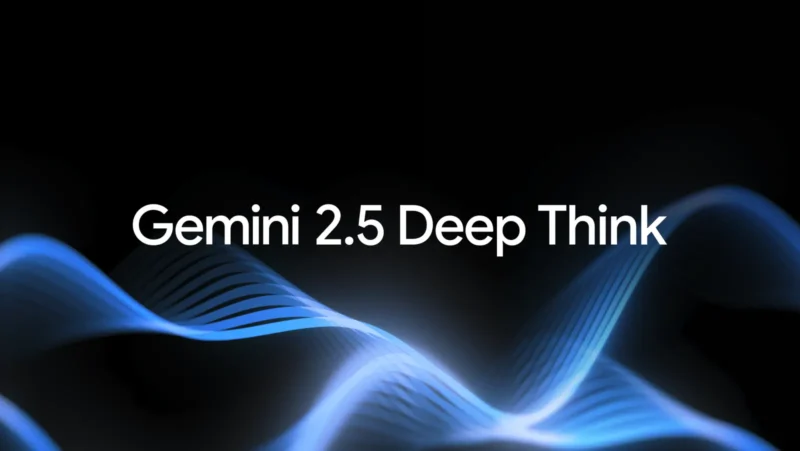Google released Deep Think Ever wondered what happens when Google’s AI thinks before it responds? I just got my hands on the new Deep Think feature, and honestly, the difference is mind-blowing.
The Game-Changing Update That’s Making AI Actually Pause and Think
I recently started using Google’s new Deep Think feature in the Gemini app, and let me tell you—this isn’t just another AI update. You must be frustrated when AI gives you surface-level answers to complex questions. But what really happens when we give AI the time to actually process and reason through problems?
What Led Me to Dive Deep Into This Feature
Let’s be real—many of us have hit that wall where AI responses feel rushed or incomplete, especially for complex reasoning tasks. I was constantly having to ask follow-up questions or rephrase things multiple times.
So when I heard Google was rolling out a feature that makes Gemini pause and think more deeply, I thought, why not see if this could actually solve my AI frustration?
What the Technology and Early Reports Actually Say

Before I started experimenting, I dug into what this feature actually does. It turns out, Deep Think allows Gemini to spend more time processing complex queries before responding, similar to how humans might pause to consider all angles of a difficult question.
Early reports from beta testers suggest that this leads to more comprehensive, well-reasoned responses.
According to Google’s own documentation, the feature is particularly effective for multi-step problems, creative challenges, and analytical tasks.
“Deep Think represents a fundamental shift in how AI approaches complex reasoning, allowing for more thorough analysis before generating responses.”
Here’s What Happened When I Used Deep Think for One Week
- The process: I started using Deep Think for everything from work problems to creative writing tasks
- My experience: The first thing I noticed was the slight delay—but wow, the quality difference was immediately apparent
- Unexpected outcomes: By the end of the week, I realized I was asking fewer follow-up questions and getting solutions that actually worked the first time
Of course, results can vary depending on what you’re asking. This is just my personal experience with the feature—yours might be different based on your specific use cases!
Read Also: Gemini 2.5: Why the Latest Google AI Becomes a Part of Our Daily Lives
What You Should Know Before You Try Deep Think
It’s important to understand how this feature works and when to use it. Here’s what I learned:
- Deep Think takes longer to respond, so it’s not ideal for quick, simple questions
- It works best for complex reasoning, analysis, and creative tasks
- The feature may use more processing power and could affect battery life on mobile devices
- Not all queries benefit from deeper thinking—sometimes a quick answer is all you need
I always recommend experimenting with both regular and Deep Think modes to see which works better for different types of questions.
Would I Recommend It? My Honest Thoughts
After this week-long experiment, here’s what I think. If you’re someone who regularly tackles complex problems or needs thorough analysis, Deep Think is absolutely worth enabling.
The trade-off in response time is more than justified by the quality improvement. But remember, like any tool, it’s most effective when you understand when and how to use it.
Final Takeaway
If you’re ready to upgrade your AI interactions, give Deep Think a try for your more challenging queries. Start with complex problems you’ve struggled with before, and keep realistic expectations about response times.
Have you tried Deep Think yet? I’d love to hear how it’s working for your specific use cases in the comments!








